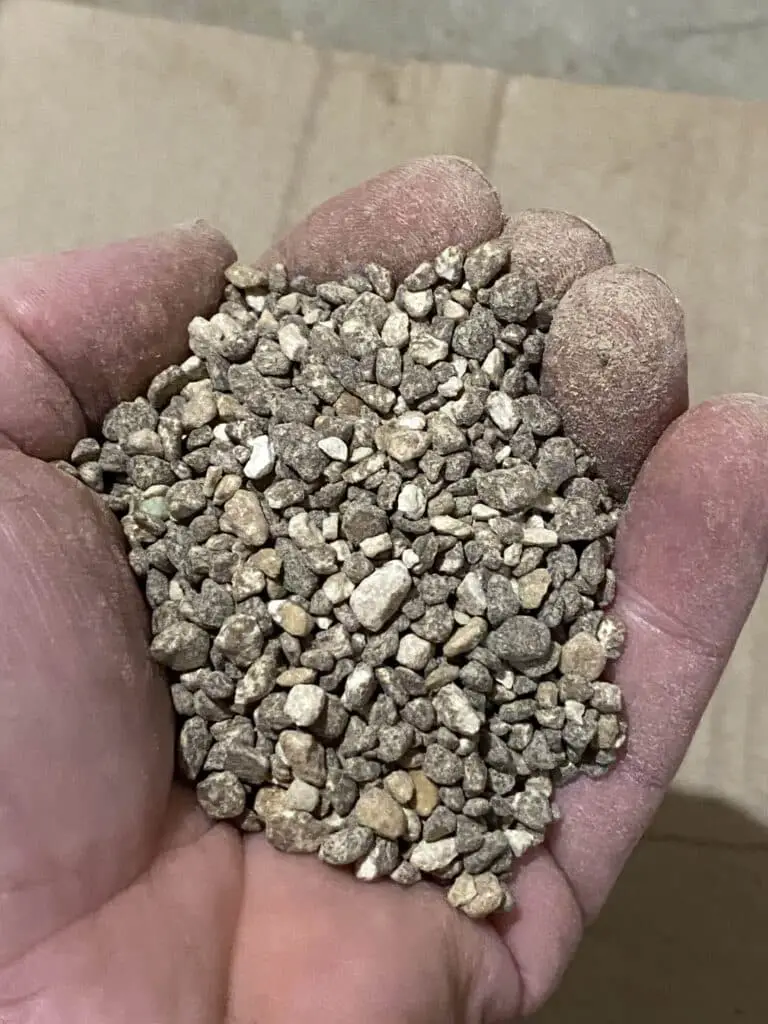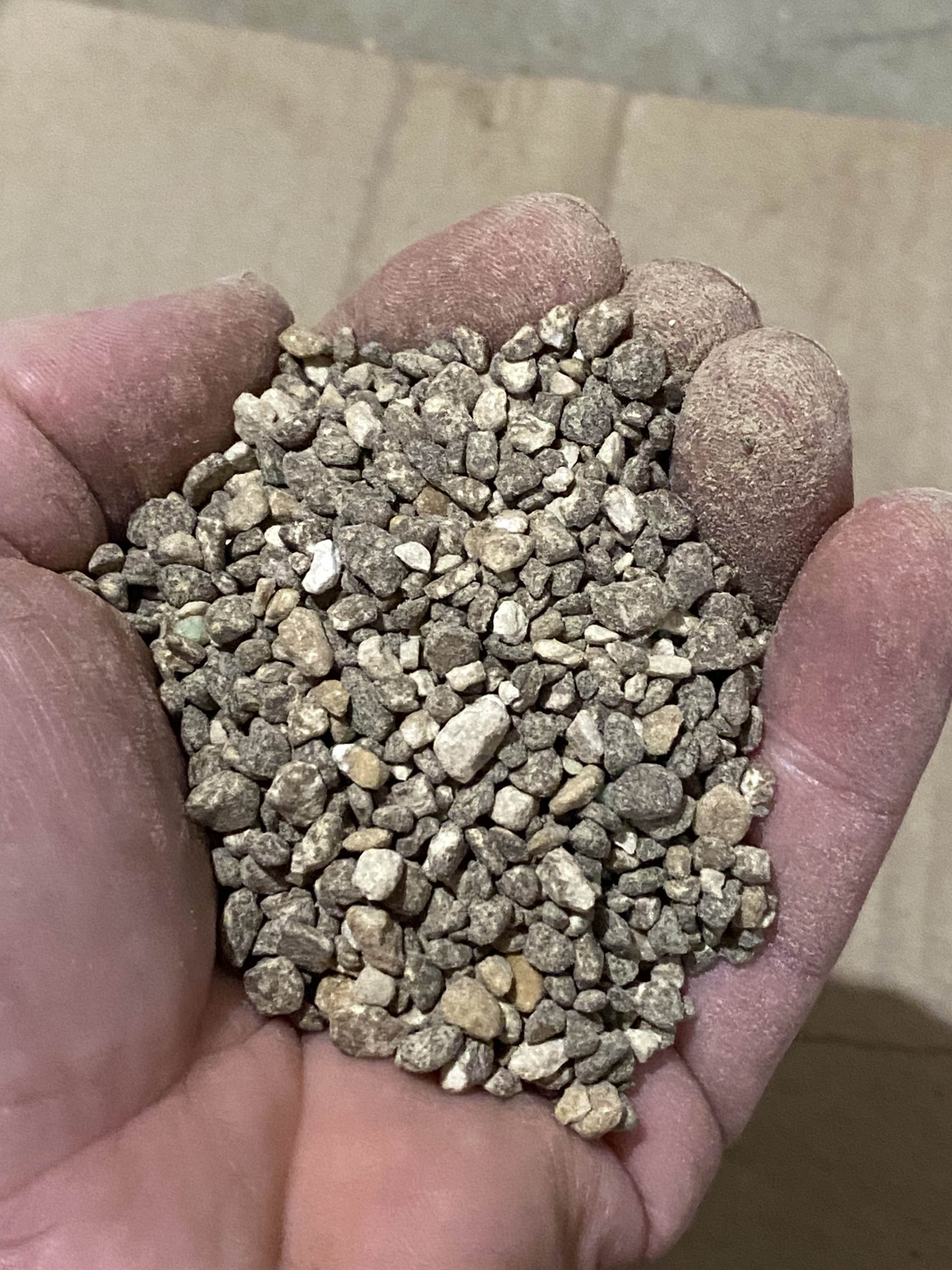Fertilizers can help you grow a greener lawn and a more productive garden, and the fertilizer industry produces a wide range of products for you to choose from. As you compare fertilizer products, you’re likely to see potash listed as a key ingredient in many of your options.
The reason for the prevalence of potash fertilizer products is their effectiveness and unique benefits. Knowing what the term potash means and what types are available can help you make an informed decision about which residential or agricultural fertilizer to choose.
What Is Potash for Lawns?
Potash is a type of potassium salt commonly used as a fertilizer. Depending on the formula, most potassium fertilizer products contain one of three nutrients: sulfate, nitrate, or chloride.
Each type of potassium fertilizer has its own distinct characteristics, but generally, potash encourages plant growth. For a lawn, this means lusher, healthier growth. In the agriculture industry, potash is critical in supporting crop yields.
Where Does Potash Come From?
The world’s potash production begins with potassium, an essential element that is vital to the human diet and needed for plant health. In nature, potassium isn’t usually found in its raw state. Instead, it comes in the form of minerals combined with other elements like nitrogen, oxygen, chlorine, and sulfur.
Most of the world’s potash is potassium chloride (KCl). Canada has the largest global reserves of the salt, so most of the supply of potash is mined there. The world reserves of potash also include deposits in the U.S. and other countries.
What Does Potash Do for Your Lawn?
Potash provides a number of benefits for plants. Fertilizers that contain it may do the following for lawns:
- Promote stronger roots to aid in the overall development of new growth
- Maintain pressure to help plant cells hold their shape
- Increase disease resistance to help lawns thrive
- Boost resistance to the effects of frost and extreme heat
- Improve water retention to make lawns more drought tolerant
- Enhances the ability to store nutrients like vitamins and minerals to support growth
Potash is sometimes added to fertilizers in small quantities to help granulated products spread more evenly. In these fertilizers, the concentration of potash compared to the overall volume is low. For example, a product may contain only 7% potash. This means that it doesn’t provide the same benefits as a true potash fertilizer. Instead, the potassium salts enhance the effectiveness of the other nutrients in the product.
Types of Potash for Lawns
Potash fertilizer varies based on the potassium compounds that it contains. The variations between the forms of potassium give the different types of potash unique characteristics. Read on to learn more about the types of potash.
Sulfate of Potash (Potassium Sulfate)
Sulfate of potash contains two nutrients: potassium oxide (K2O) and sulfur trioxide (SO3). It is the highest quality and most expensive form of potash – my personal favorite being 0-0-50 from Kelp4Less.
Compared to other forms, sulfate of potash has a low salt index, meaning it is less likely to damage crops. Because sulfur trioxide is a water-soluble form of sulfur, it can drain from the soil with water runoff. As a result, it is usually best to use this type of potash in the spring or summer.


Muriate of Potash (Potassium Chloride)
Muriate of potash contains potassium chloride and provides a large amount of potassium oxide. Most potash fertilizers sold contain this type. When comparing potash prices, these fertilizers are generally the least expensive.
For fall and winter fertilizers, muriate of potash is a good option. It is usually found in products that contain 10% nitrogen and 20% potassium per pound.
Potash for Lawns FAQs
To help you decide whether potash is the right choice to fertilize plants or your lawn, we put together this list of answers to frequently asked questions.
Is potash the same as potassium?
No, potash is not the same as potassium. Potassium is an element. Potash is a term for potassium salts used as fertilizer. A potash fertilizer contains the nutrient potassium plus additional elements.
What is a good source of potash?
When comparing products, refer to the three main numbers printed on the label to assess how much potash is present.
The numbers appear in the form XX-XX-XX and tell you how much nitrogen, phosphorous, and potassium the fertilizer contains. This means fertilizers that contain a higher third number provides more of the element potassium in the form of potassium chloride or other salts.
What is potash used for?
Potash has a variety of uses. Fertilizers that contain it may be used to treat residential lawns and gardens. Farmers also use it to fertilize crops harvested for human food crops and animal feed.
In some cases, small amounts of potash are added to fertilizers to improve their effectiveness. These products use potassium salts to spread the chemicals and nutrients it contains.
What is potash made of?
What makes up potash depends on the type. Most potash contains potassium carbonate and a salt derived from potassium, like potassium chloride (KCl).

